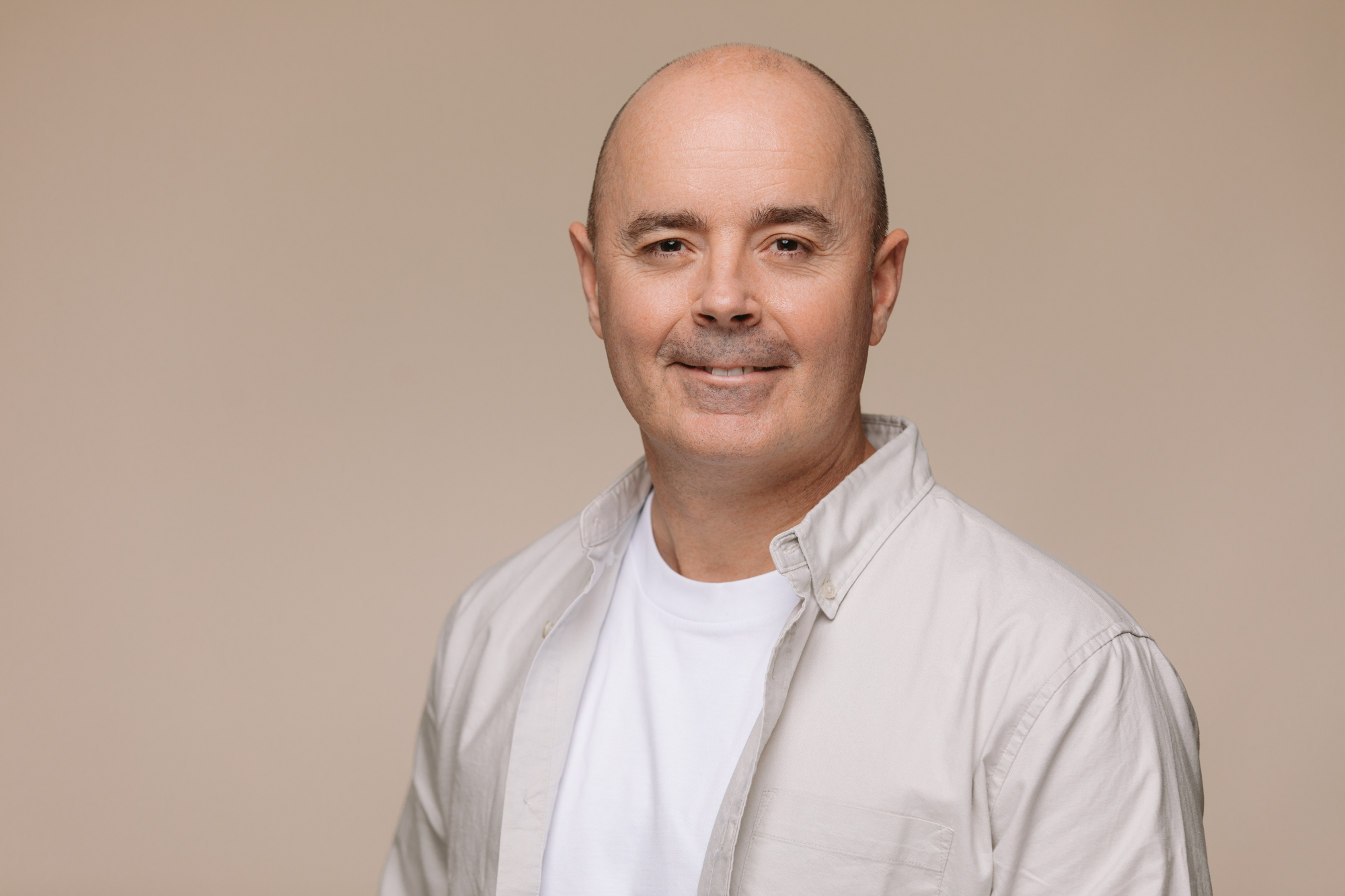Introduction
Our inner child, a reservoir of our past experiences and emotions, plays a pivotal role in shaping our present selves. Nurturing and healing this inner child can lead to increased emotional well-being and personal growth. In this article, we will explore the concept of the inner child, its impact on our lives, and practical steps to embark on a journey toward healing and wholeness.
Healing the inner child is a process that involves acknowledging, nurturing, and re-parenting the wounded aspects of ourselves that originated from childhood experiences. These experiences, particularly those of neglect, abandonment, trauma, or emotional unavailability, can leave lasting imprints on our emotional and psychological well-being. Here’s more information on how to approach healing the inner child:
Understanding the Inner Child
The inner child represents the part of us that holds onto memories, emotions, and beliefs from our early years. It can encompass both joyful and painful experiences, shaping our perceptions and responses to the world. Unresolved childhood wounds can manifest in adulthood as self-limiting beliefs, fears, and emotional patterns that hinder personal development and relationships. Often aspects of the inner child remain outside of awareness in our unconscious.
Identification of Wounds: The inner child represents the vulnerable, emotional, and often wounded part of ourselves that carries unresolved pain and unmet needs from childhood. Common wounds include feelings of abandonment, rejection, safety, shame, neglect, or invalidation.
Impact on Adult Life: Unhealed inner child wounds can manifest in adulthood through self-sabotaging behaviours, low self-esteem, difficulties in relationships, anxiety, depression, or repeating unhealthy patterns. You might have also heard of fight, flight, freeze, and fawn patterns that we are constantly stuck in.
The Impact of the Unhealed Inner Child:
- Limiting Beliefs: The beliefs formed in childhood, often rooted in experiences of rejection or neglect, can hinder our self-esteem and confidence (e.g. I am useless, not good enough, or I am unlovable, I am not going to let myself rely on anyone).
- Repetition of Patterns: Unresolved issues from childhood may lead to the repetition of unhealthy patterns in relationships and decision-making.
- Emotional Baggage: Suppressed emotions from childhood can resurface, causing emotional turmoil and impacting mental well-being.
Approaches to Healing the Inner Child:
Inner child work is often like trying to reach a very deep and vulnerable place within ourselves. Because this is where our pain lies we often develop strong defences not to feel those emotions. The child is protected by guards and defences. These defensive patterns do a very good job at keeping the child safe. However, this protection often comes with a price (e.g. isolation, disconnection, emotional deprivation). Over time we become confined, buried under, or restricted by our defences. Our defences end up defeating us on our quest for connection and intimacy, full aliveness and vitality, and pursuit of our goals and dreams.
In order to undertake any inner child work it is strongly recommended that you do so with a trained therapist. Therapists can help guide you in a safe way when accessing and processing any child wounds. Often when discussing current problems in therapy we begin to access these child or wounded states (e.g. frozen parts, helplessness or powerlessness, or shame). From here we find corridors and paths towards the lost or wounded inner child. In doing so we can start to (a) find pathways out of these states; (b) complete a blocked emotional process; (c) access a corrective experience; (d) connect more with our self, the universe, or others; (e) better understand these feelings and emotions; and (f) potentially free ourselves from this old conditioning.
Building Awareness and Self-Reflection: Develop self-awareness by exploring past experiences and identifying emotional triggers and patterns rooted in childhood.
- Begin by reflecting on your childhood experiences. Identify moments that may have contributed to the formation of negative beliefs or emotional wounds.
- What inner need wasn’t met? (e.g. safety, space, protection, soothing, validation and acknowledgement, encouragement, empowerment).
- Journaling can be a powerful tool to delve into memories and emotions associated with your early years.
Cultivate self-compassion: by acknowledging the pain and suffering of the inner child without judgment or self-criticism.
- Cultivate self-compassion by acknowledging that the inner child deserves love and understanding.
- Treat yourself with the same kindness you would offer to a child in need.
Reparenting and Inner Dialogue: Practice re-parenting techniques by nurturing your inner child with love, validation, and reassurance. Engage in inner dialogue where you provide comfort and encouragement to your inner child during times of distress or emotional upheaval.
- Imagine yourself as the nurturing parent your inner child needs. Provide the love, validation, and support that may have been lacking in your early years.
- Practice positive affirmations to counteract negative self-talk rooted in childhood experiences.
- Engage in guided visualizations to connect with your inner child. Picture yourself offering comfort and assurance to the younger version of you.
- Visualizing a safe and nurturing environment can help create a sense of security.
Emotional Expression and Release: Allow yourself to express and validate emotions that were suppressed or denied during childhood. It is important that this is done in the safety of a therapeutic space. For example, releasing pent up rage from childhood in a workplace may only cause further problems. Use creative outlets such as art, journaling, or therapy to release emotional pain and foster healing.
- Expressing emotions through art, writing, or other creative outlets can be therapeutic. Create a safe space for your inner child to communicate and be heard.
- Often play, fun, and creativity is thwarted in a threatening environment. What might play and fun feel like and look life in your life?
Boundary Setting and Self-Care: Establish healthy boundaries to protect the inner child from further harm or re-traumatization. Prioritize self-care activities that nurture and support your emotional well-being.
Therapeutic Support: Seek professional help from therapists specializing in inner child work, trauma therapy, or somatic experiencing.
Conclusion and Potential Benefits:
Healing the inner child can be a profound and transformative journey toward self-discovery and emotional well-being. By acknowledging and addressing the wounds of the past with compassion and intention, we pave the way for a more empowered and authentic present. If you’re embarking on this journey, remember to be patient, gentle, and kind to yourself along the way. Embracing our inner child allows us to break free from the limitations of the past and build a foundation for a more fulfilling and resilient future. Here are some of the benefits that can come from addressing and healing the inner child:
- Increased Self-Acceptance and Self-Esteem: Healing the inner child fosters greater self-acceptance and self-love, leading to improved self-esteem and confidence.
- Emotional Regulation and Resilience: developing a healthy relationship with your inner child enhances emotional regulation and resilience in coping with life’s challenges.
- Improved Relationships: Healing inner child wounds can transform patterns of relating to others, fostering healthier and more fulfilling relationships.
- Greater Sense of Wholeness and Authenticity: Integrating and healing the inner child can lead to a sense of wholeness, authenticity, and inner peace.
- Clearer Narrative: By addressing core wounds we can begin create a clearer narrative around why we have been stuck and where these patterns come from.
Related Articles
An embodied ego state refers to the particular characteristics that make up a person at any one point in time. It might refer to [...]
At any point in time we are sitting in a particular emotional state. These states can shift with the day, our mood, life events, and [...]
Music holds a special place in the hearts of people worldwide, often transcending cultural and linguistic barriers. In particular, music is intrinsically connected to the [...]




